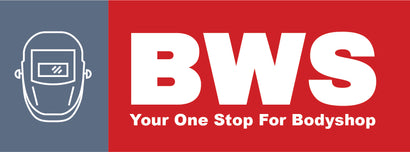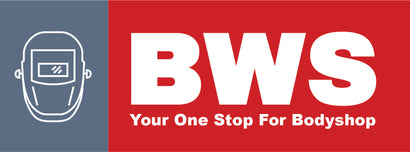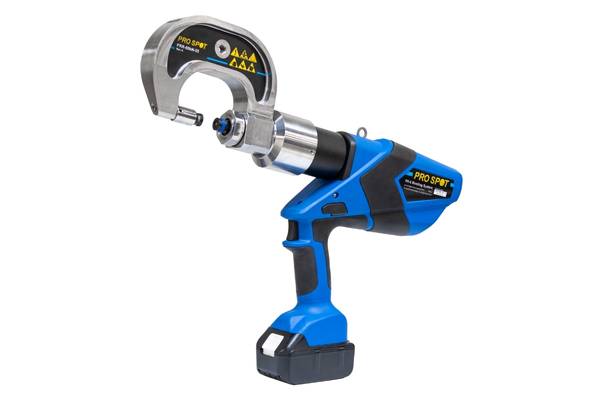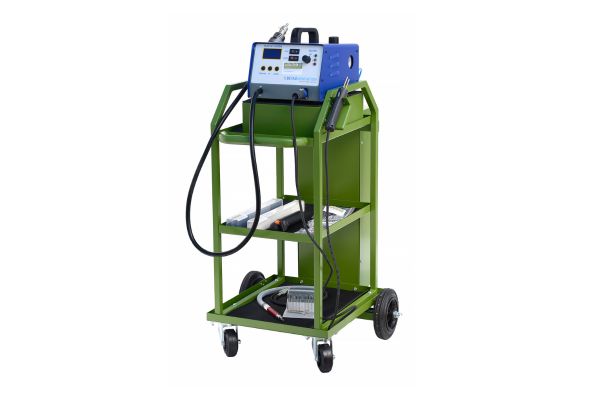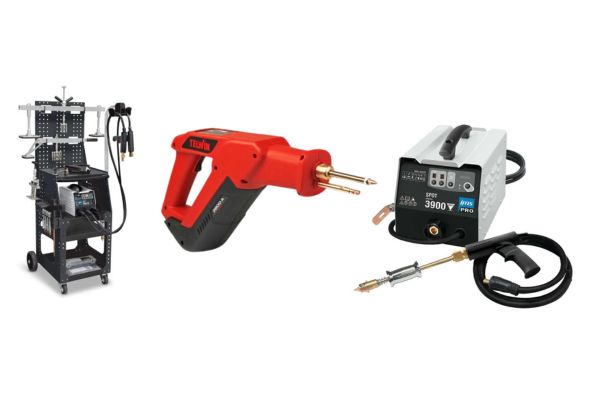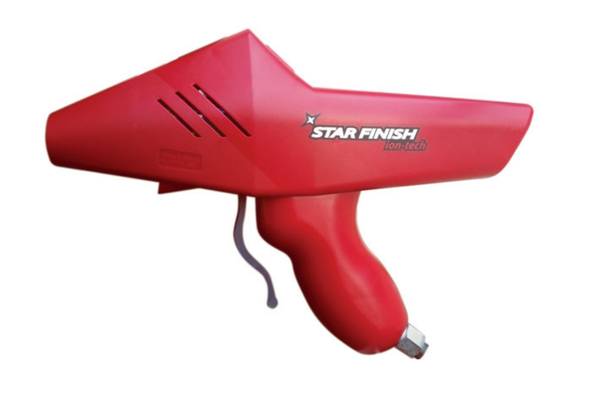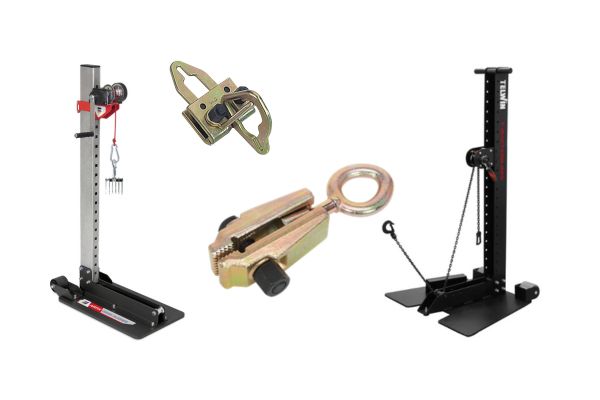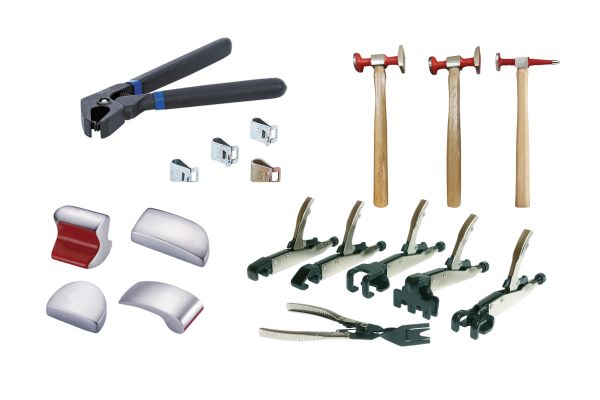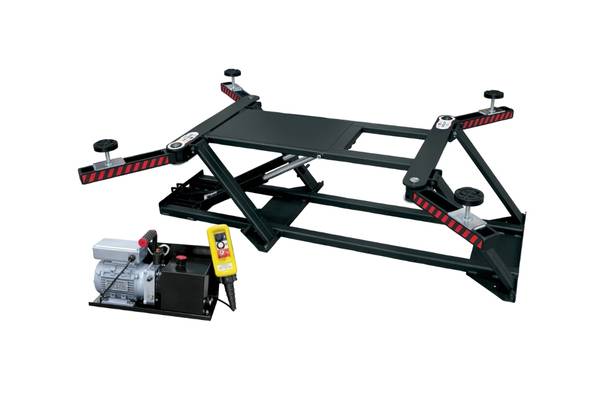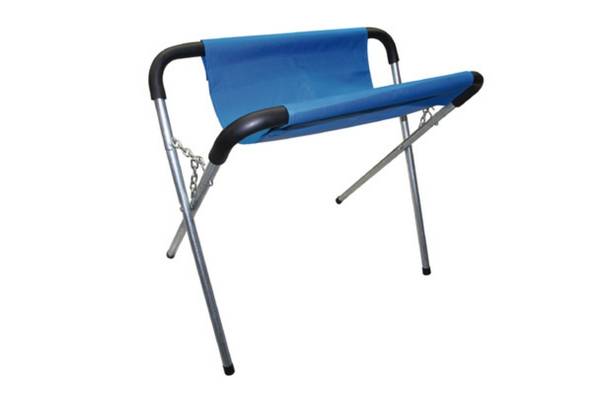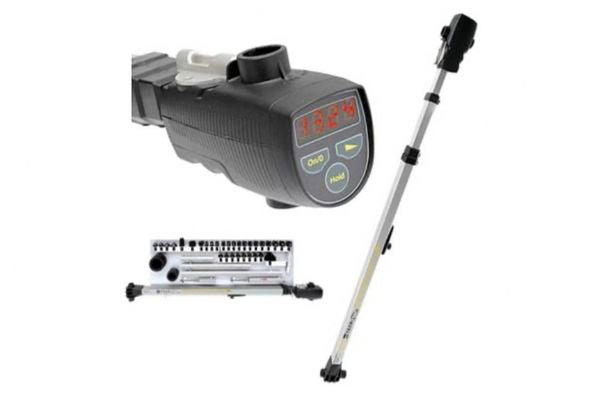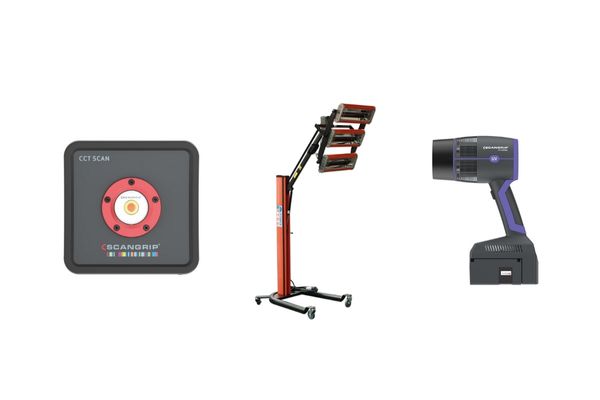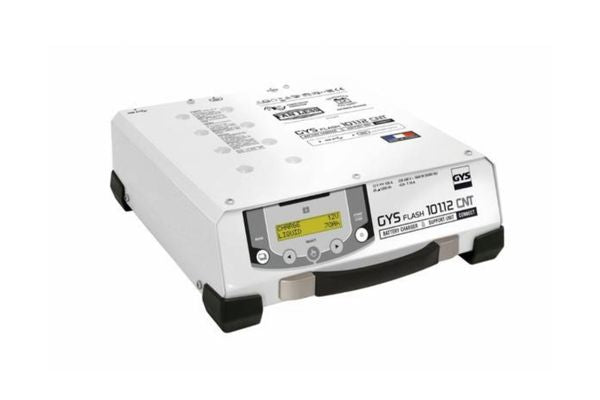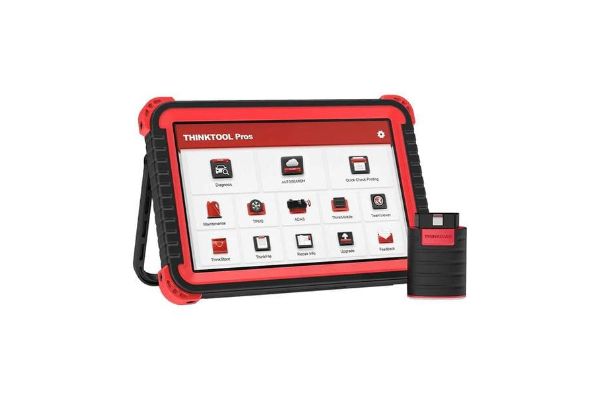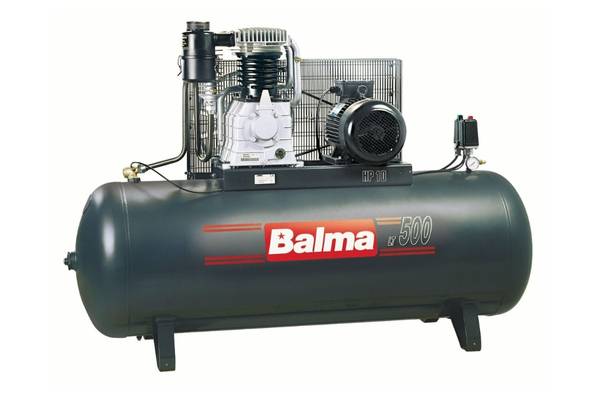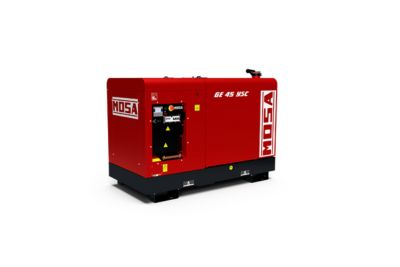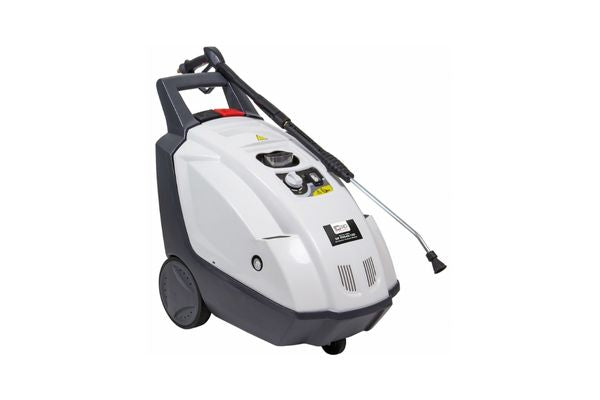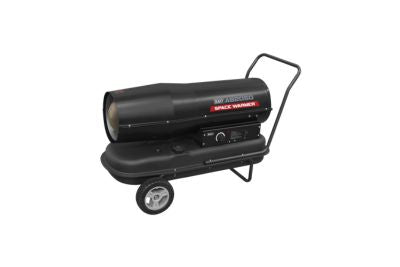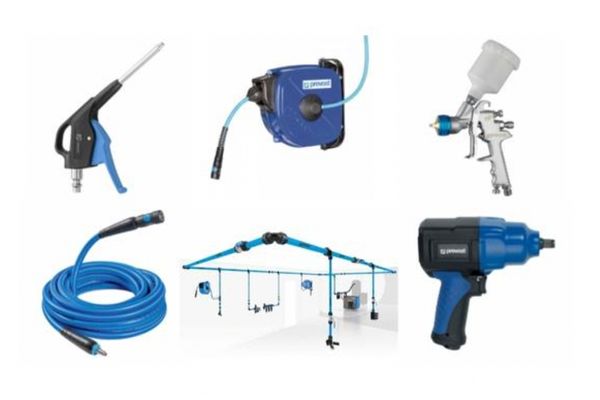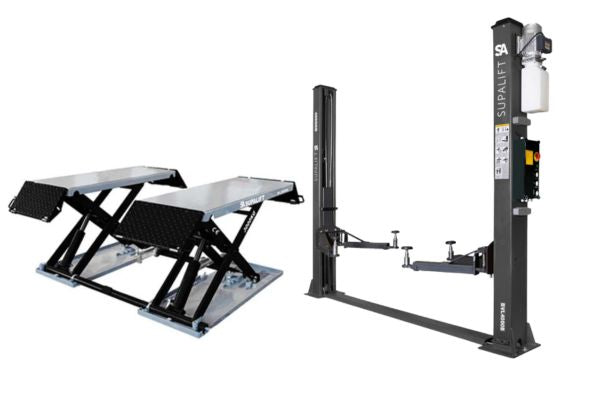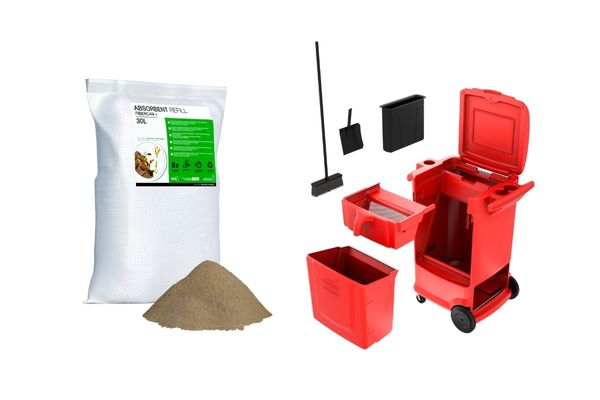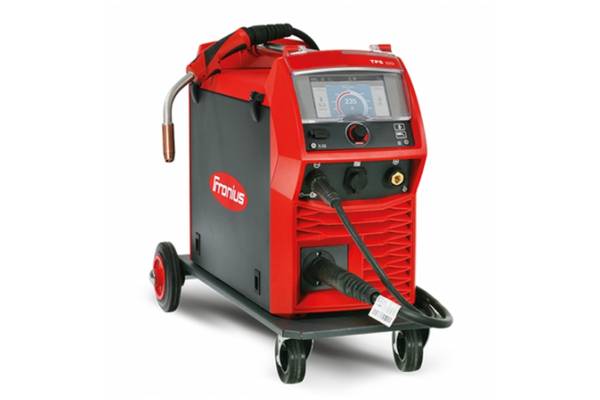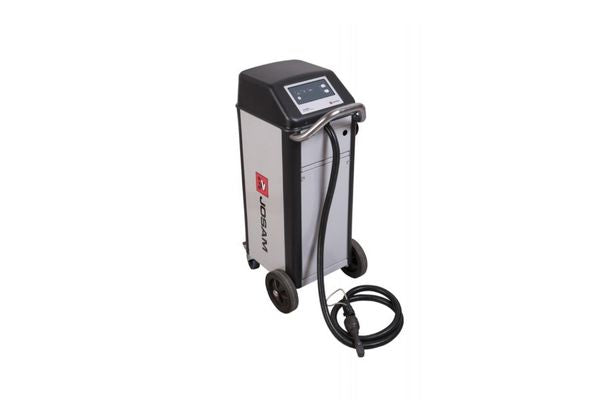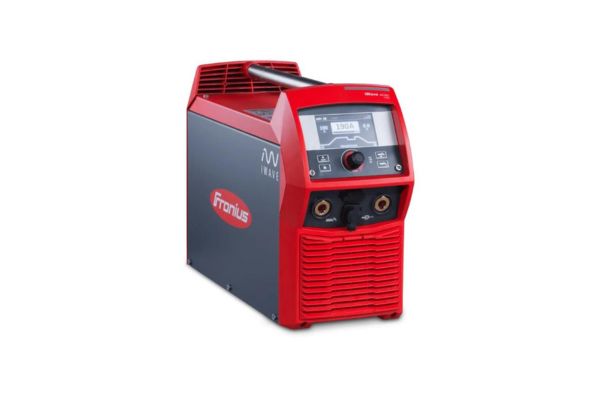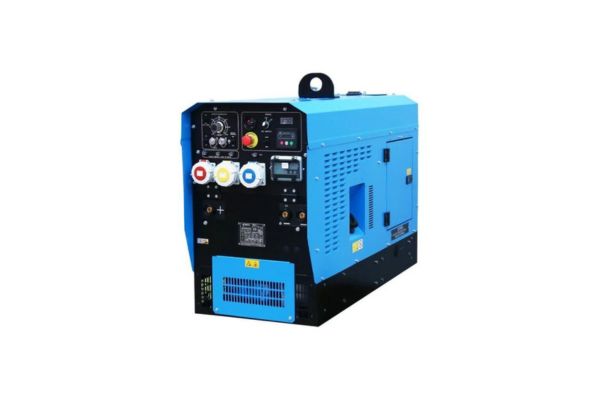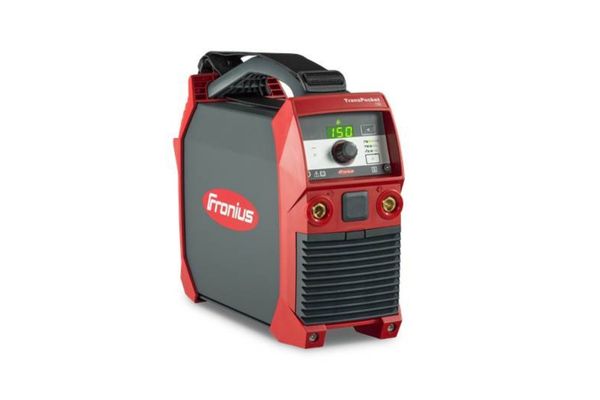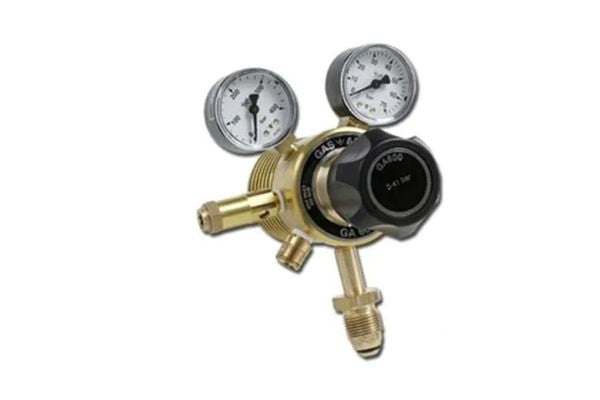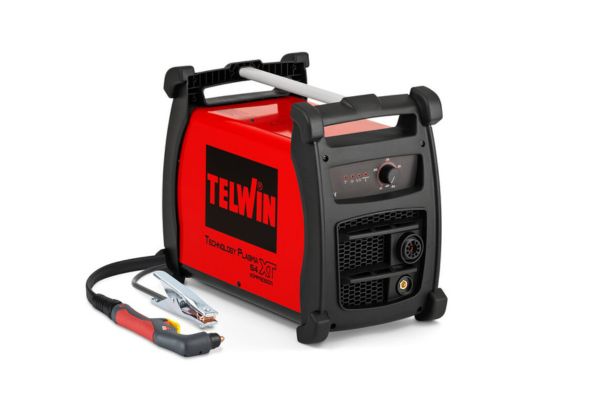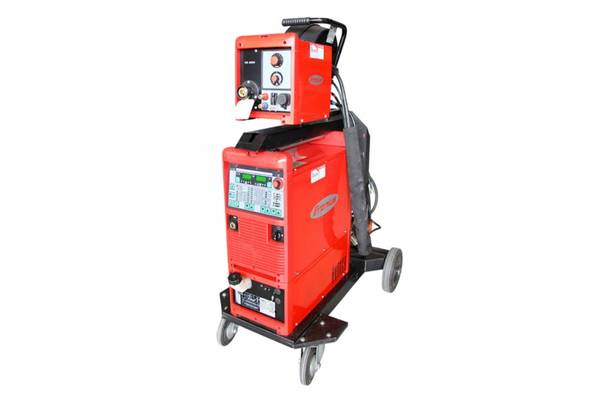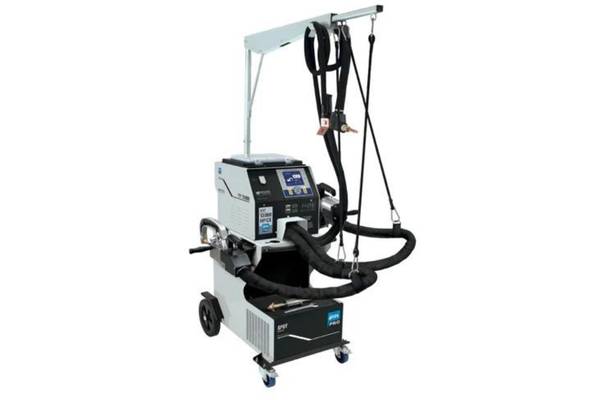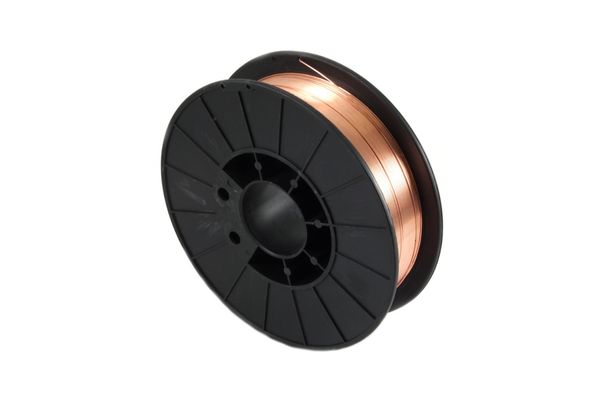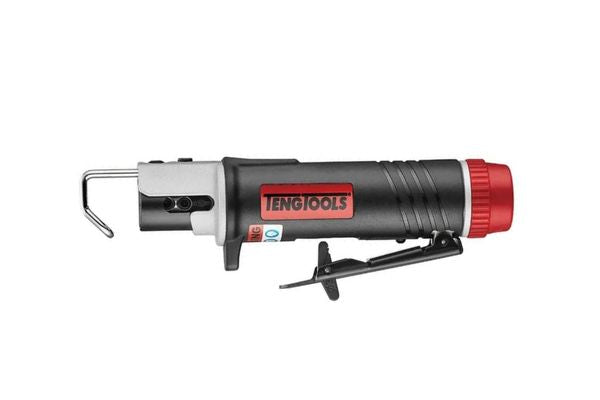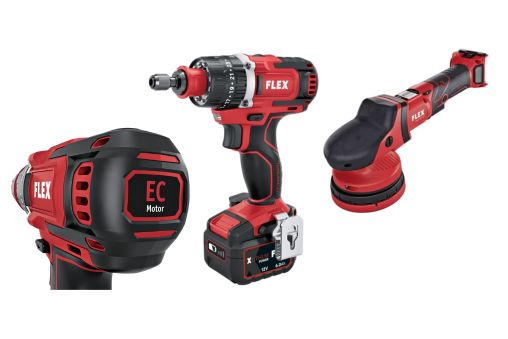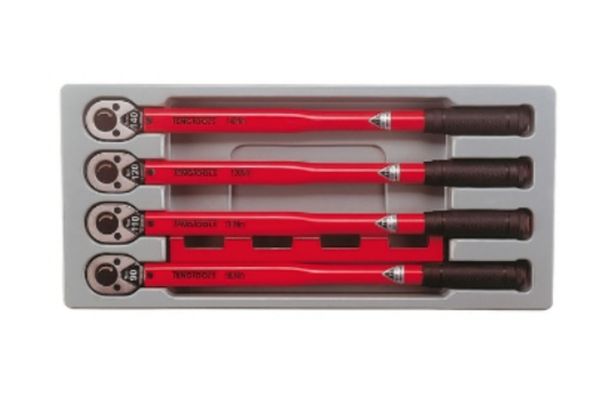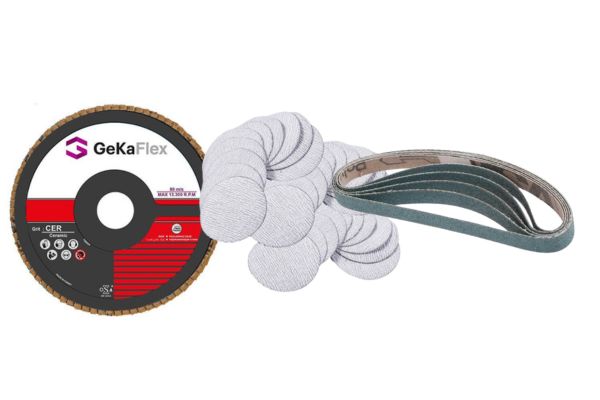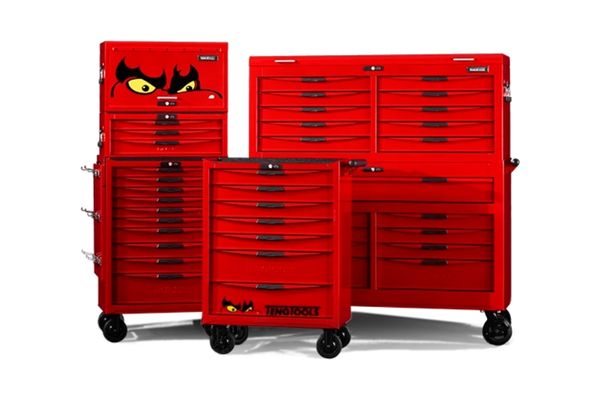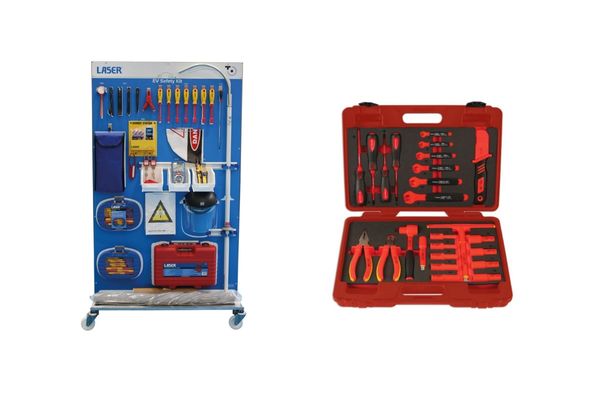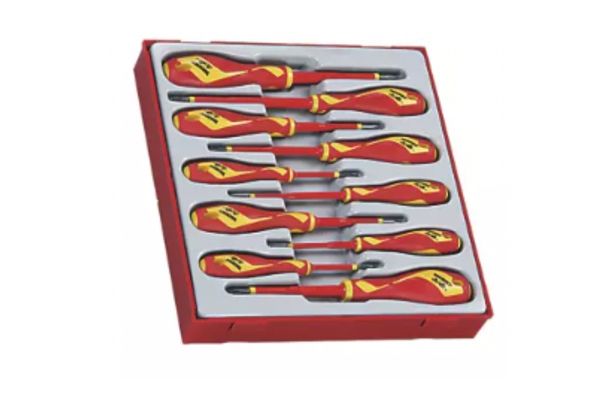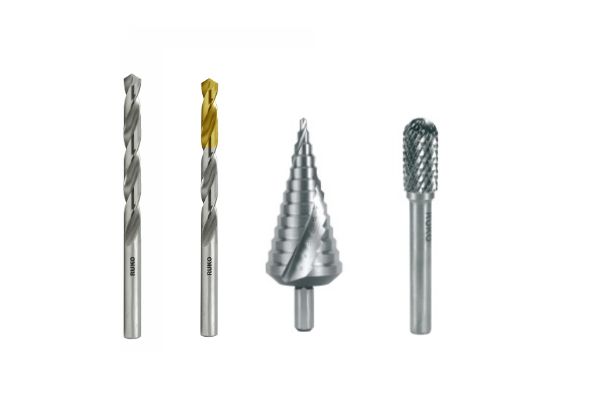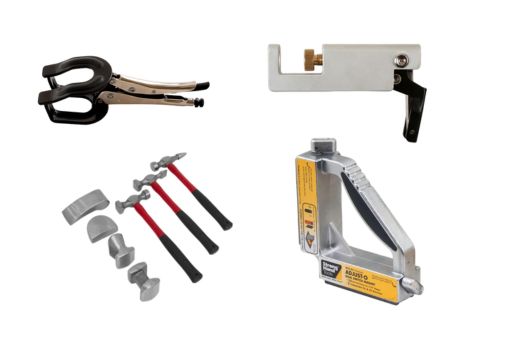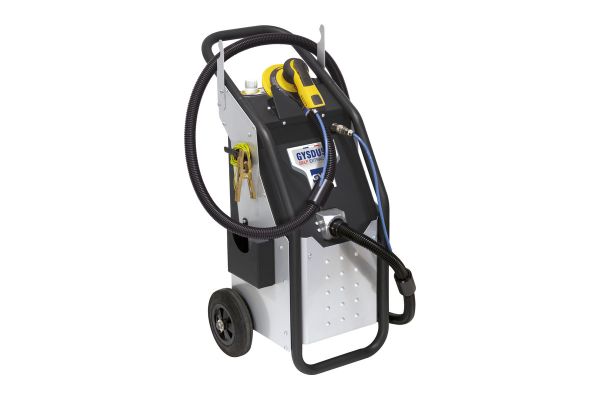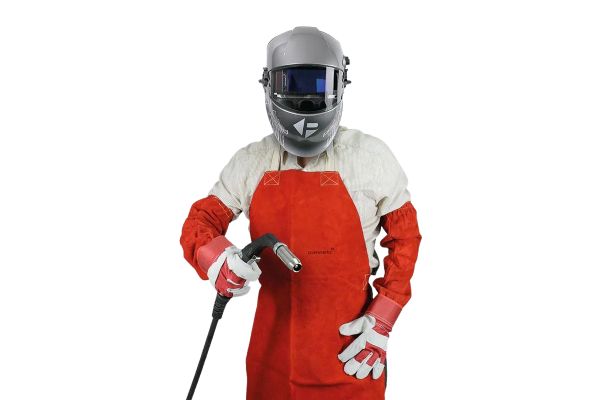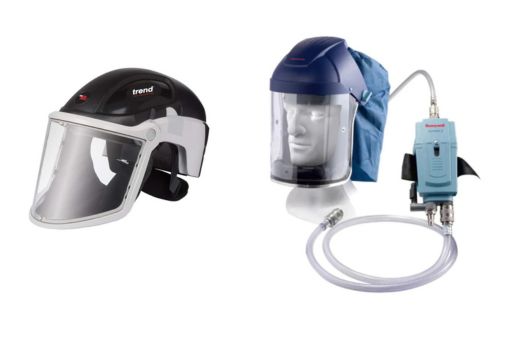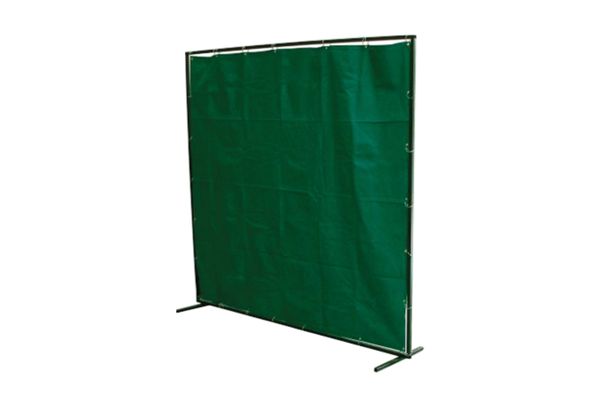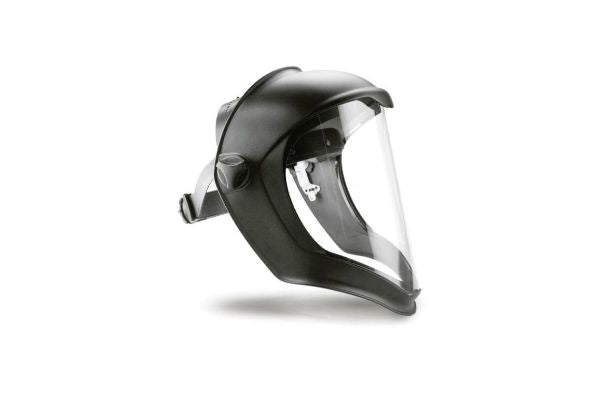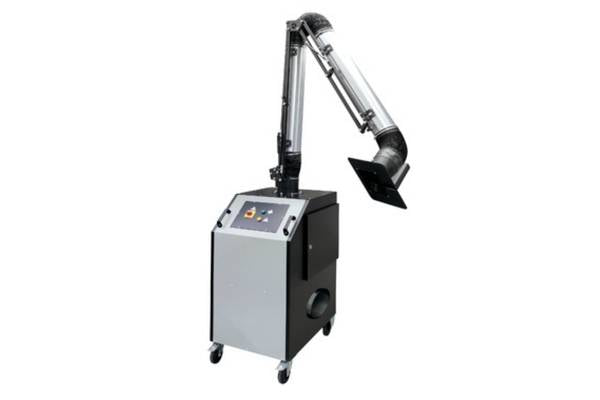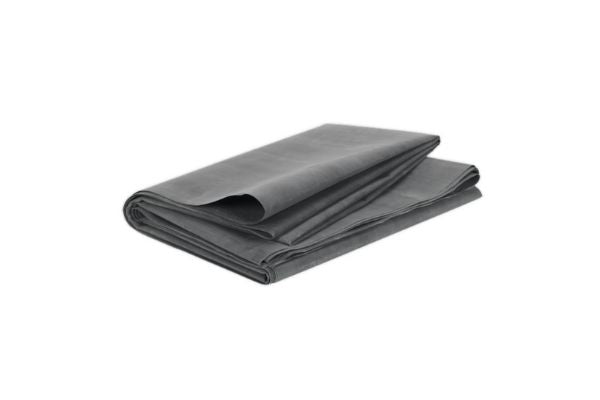Need Some Help? 0161 223 1843
Need Some Help? 0161 223 1843
BODYSHOP
WORKSHOP
WELDING
TOOLS
SAFETY
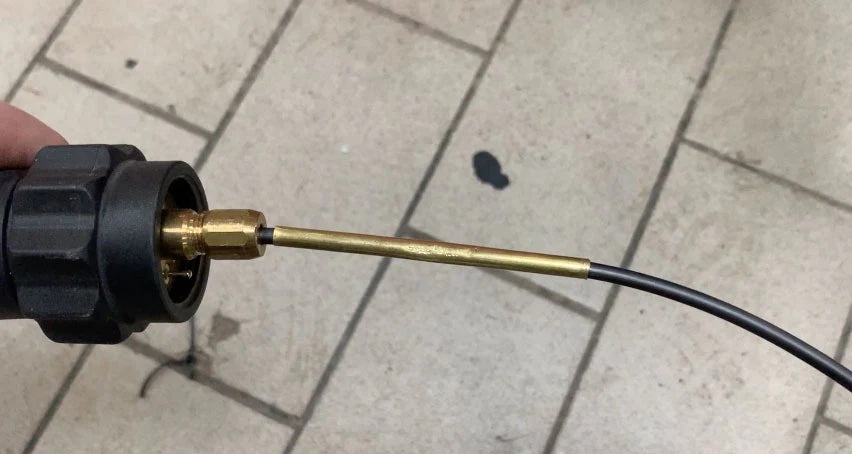
How to Fit a Teflon Liner In a MIG Torch
December 04, 2019 4 min read
MIG MAG welding is an arc process and therefore any welder can be set up to weld aluminium but due to the softness of the welding wire and the problem of cross-contamination, it's not possible to use a normal steel liner as found in your MIG torch. Here we go through the installation and setup of a Carbon Teflon liner in a Binzel Type MIG torch with Euro adapter connection.
What is a Teflon Liner?
Teflon or Polytetrafluoroethylene (PTFE) is a fluorocarbon solid and is super slippy so it's perfect for feeding soft wires through a MIG Torch.
Many soft wires including aluminium and MIG Braze need to have a Teflon liner fitted in the torch to enable smooth feeding of the wire during welding.
Aluminium especially is very rough on the surface which makes it easy for the drive rollers to grip but due to its low tensile strength, it's also easy to spool or birds nest.
The drive rollers are only gripping a small area of the welding wire and pushing it through the torch. The smaller the area the harder it is to push. That's why 4 roll wire feed units are better than two as they can grip and push the wire over a larger area. This reduces the chances of birds nesting.
So Teflon has been used for many years to make it easier to push through the torch. They come in many different bore sizes depending on the size of wire you want to use:
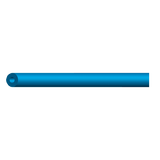
Blue: 0.6-0.9mm/.023"-.035" Wire Size
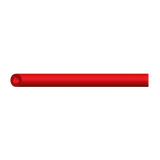
Red: 1.0-1.2mm/.040"-.045" wire size
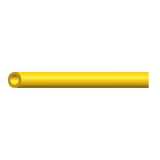
Yellow: 1.2-1.6mm/.045"-1/16" wire size
These liners are very popular but we feel they have one major drawback - they are too soft and easily kink. Therefore they can be easily damaged in an automotive repair shop where technicians have a tendency to wrap the welding torch around the gas bottle when storing the welder.
This over the years has meant that we fit carbon Teflon liners to our torches during service and maintenance.

Carbon Teflon liners were used primarily in 8 metre Push-Pull Mig torches in the fabrication industry. The wall of the liner is more slippy than standard Teflon due to the addition of the carbon. The wall of the liner is also stiffer and less prone to kinking and creasing, unlike standard Teflon. Therefore we would always recommend fitting Carbon Teflon Liners for long life and easier wire feeding.
What Length of MIG Torch is Best?
The length of the torch is important, the longer the torch the harder it is to feed the wire. We would only recommend Teflon Liners be fitted to 3 metre MIG torches, anything longer will give you wire feed problems and increase the chances of birds nesting.
How To Fit Your Liner
- Unscrew the rear of the nut of the MIG Torch ( as shown)
- Lay down your torch so that it's straight.
- Pull out the old liner
- Remove the MIG Tip and Gas defuser
Push-In the New Teflon/ Carbon Teflon Liner. Ensure the brass conduit end is fitted correctly. The conduit is there to ensure the better transfer of the welding current onto the welding wire over a larger area.

Once the liner pushes out of the torch swan neck, refit the gas defuser and torch. While you are screwing the tip in this should be pushing the liner into the torch, this will ensure there are no gaps between the liner and the welding tip in the torch.

The better this fit the less possibility for feed faults there are. A gap behind the tip where the liner has been cut too short can cause the aluminium welding wire to arc on the rear of the MIG tip, welding it to it.
Return to the rear of the torch ( euro adapter end ) and fit the torch brass collet by sliding it down the liner into the end of the torch.
Ensure you fit the rubber "O" ring to stop gas leaking and tighten the brass nut. Don't tighten it too tight as it can crush the liner.
Ensure there is no guide tube in the Euro adapter on the welder. If a small brass tube is pointing out of the euro to the middle of the drive rollers then you will need to remove it.
Feed the excess liner material through the euro adapter housing on the machine and screw up the torch tight.
Lastly cut the liner as close as you can between the drive rollers so that there is no gap visible.
Back off your wire tension to a minimum and clamp upon your chosen wire.
Press your torch trigger and attempt to feed your wire through the torch. If it doesn't feed then slowly turn the wire tension knob until the wire runs smoothly.
Then grab your welding wire as it exits the welding tip between your thumb and for finger while applying a little pressure. The wire should still feed but if you squeeze too tightly the wire should stop and the drive rollers spin without the wire spooling off at the rollers.
You now have a correctly installed Teflon Torch Liner and you have also set Wire Feed Pressure.
Leave a comment
Comments will be approved before showing up.
